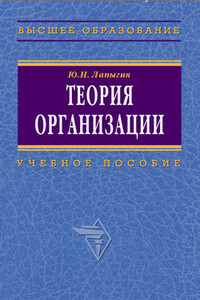Западноевропейское искусство от Джотто до Рембрандта | страница 30
About 1505 Raphael arrived in Florence and achieved immediate success. Leonardo and Michelangelo, who were working there on the murals for the council chamber in the Palazzo Vec-chio, had establislied the High Renaissance style. Raphael met the demand with ease and grace. Having absorbed Perugino's feeling for light and colour, Leonardo's composition, Michelangelo's strength and power, Raphael put his personal stamp on everything he did; he was called the «Apostle of Beauty».
During his three-year stay in Florence he painted a great number of portraits and Madonnas. The loveliest of which is the Madonna of the Meadows dated 1505. The pyramidal group was influenced by Leonardo's composition of the Madonna and Saint Anna. But Raphael's picture is simpler. The Virgin sits before an airy landscape with a lake in the distance. The Child stands in front of her. Kneeling before Him is child St John the Baptist, holding the reed Cross. The bodies and heads of the children, the Virgin and the background landscape are full of harmony. To Raphael harmony was the basic purpose of any composition.
In 1508 Julius II invited twenty-six-year-old Raphael to paint the Stanze (chambers) of the Vatican. Raphael retained the position as court painter until his early death. His ideals of figural and compositional harmony came to be recognized as the High Renaissance principles. Classical artists of succeeding centuries (Poussin in the 17-th century and Ingres in the 19-th century) turned to Raphael as the messiah of their art and doctrine. The first room frescoed by Raphael was Stanza della Segnatura. From the complex iconographic programme, it is possible to single out two frescoes on the opposite walls: they typify the Classical and Christian elements reconciled in the synthesis of the High Renaissance. The Disputa (Disputation over the Sacrament), the most complete expression of the doctrine of the Eucharist in Christian art, faces the School of Athens, an equally encyclopaedic presentation of the philosophers of pagan antiquity. In the Stanza painted afterwards, Raphael abandoned the perfect but static harmony for more dynamic compositions, which brought him to the threshold of the Baroque.
From this period dates the Sistine Madonna, so called because Saint Sixtus II kneels at the Virgin's right. The picture was intended to commemorate the death of Julius II in 1513. The saint's bearded face is a portrait of the aged pontiff. Saint Barbara, patron saint of the hour of death, looks down at his coffin, on which the papal tiara rests. The Virgin, showing the Child, walks toward the observers on the luminous clouds. In harmonizing form and movement this painting represents the pinnacle of Raphael's achievements. The Virgin and Child in their perfect beauty represent the ultimate in the High Renaissance vision of the nobility of the human countenance and form.




